
Tap to Read ➤
Medicinal Uses of the Mullein Plant
Commonly found as a weed, mullein plants are popular for their medicinal properties. Read on for a brief overview about the uses of this plant.
Sonia Nair

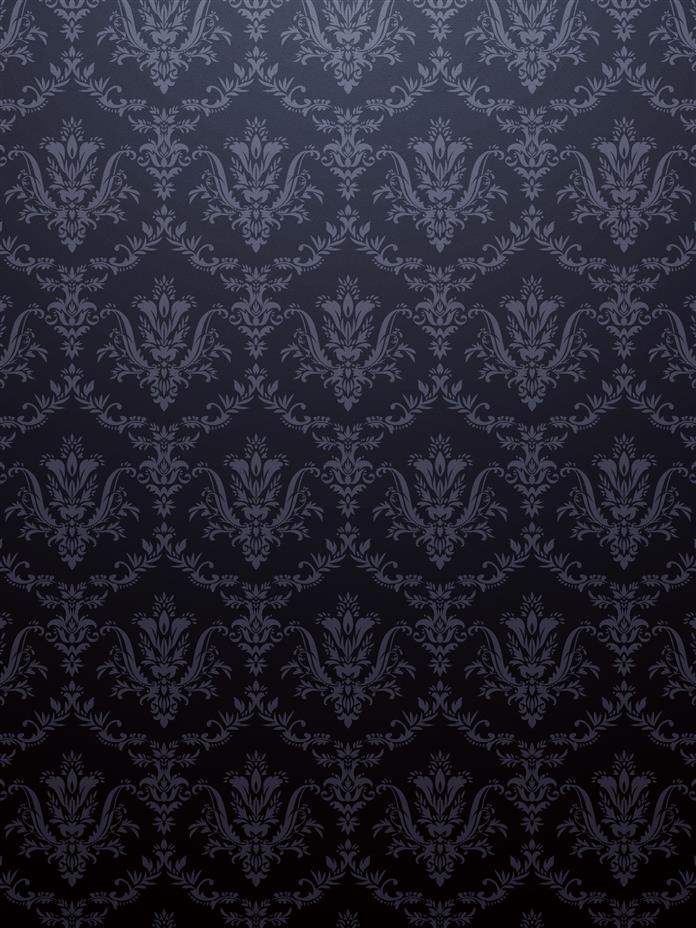
Mullein plant is the common name for around 250 species of flowering plants belonging to the genus Verbascum in the family Scrophulariaceae. These plants are natives to Europe and some Asian regions; and are often found as weeds in barren lands and roadsides.
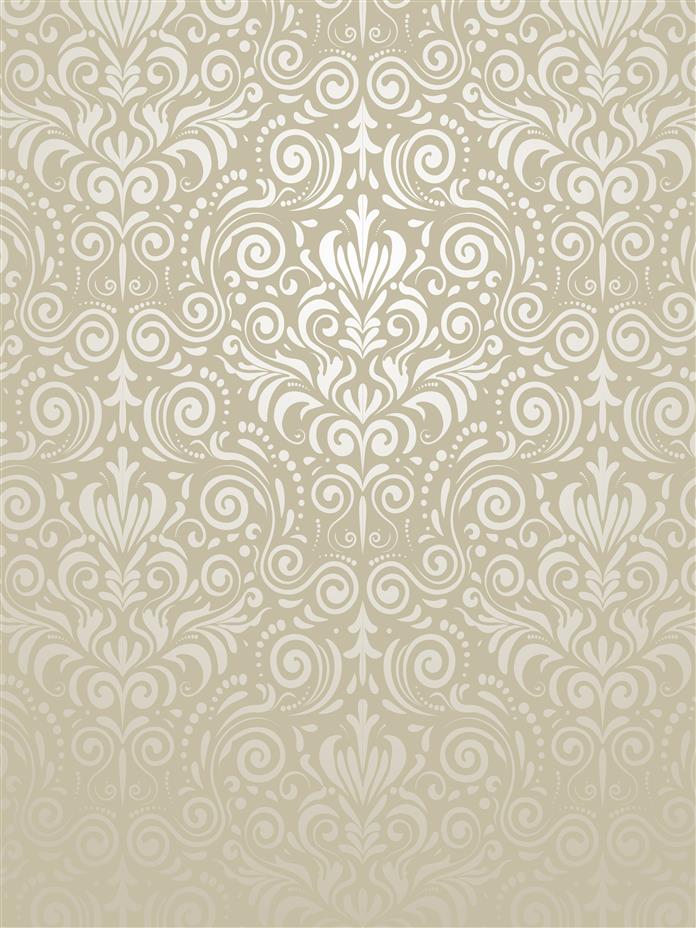
The common mullein plant or Verbascum thapsus is the most popular species. This plant has been used by humans for a very long time, as a herbal remedy for a host of ailments. The leaves and flowers of the plant are mainly used for therapeutic purposes.
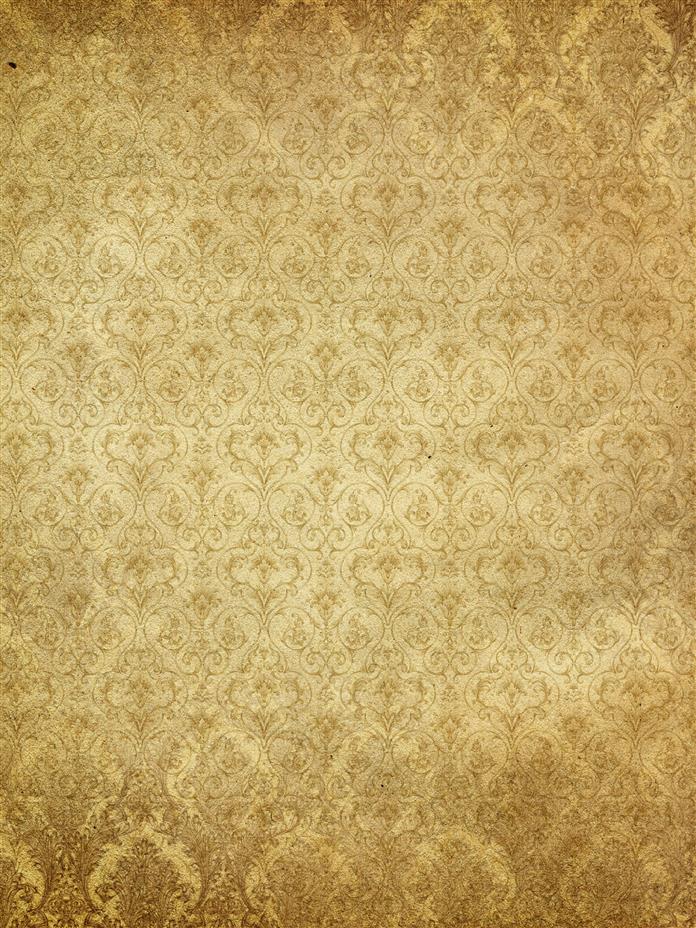
Medicinal Uses
It is said that some of the medicinal properties of the mullein plant, especially its effectiveness in curing lung diseases, were recognized by the ancient Greeks. Here are some of the common uses of the mullein plant.

- Mullein tea and infusions are said to be good for relief from dry cough, bronchitis, other respiratory problems, and sore throat. Native Americans used to smoke the dried leaves of mullein plant, as a herbal remedy for diseases of the respiratory system.

- Mullein tea is also said to be effective in treating diarrhea and hemorrhoids. The herb is believed to be useful for relief from gastrointestinal bleeding.
- The mullein plant is used to treat cystitis and irritable bladder. It is also used as a diuretic, so as to increase the urine output.

- Mullein leaf poultices can treat minor rashes, burns, and swelling. An infusion of mullein leaves and flowers (made in oil) can relieve earache.
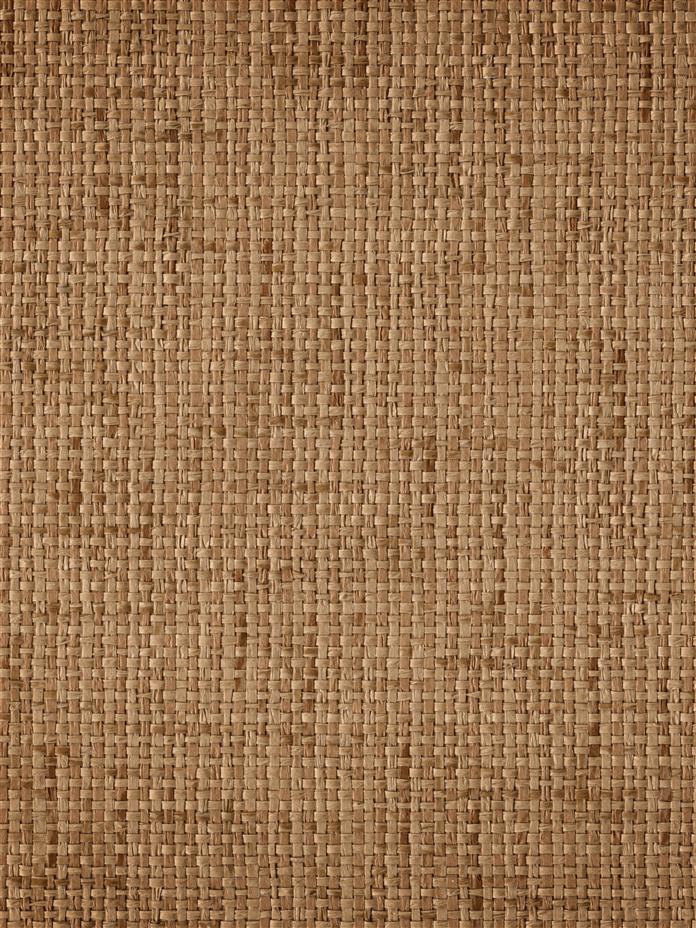
- The leaves can boost the immune system. They are used as a remedy for fluid retention.
- Mullein leaves are used for treating skin conditions, like cellulitis. It is also beneficial for treating migraine and joint pain.
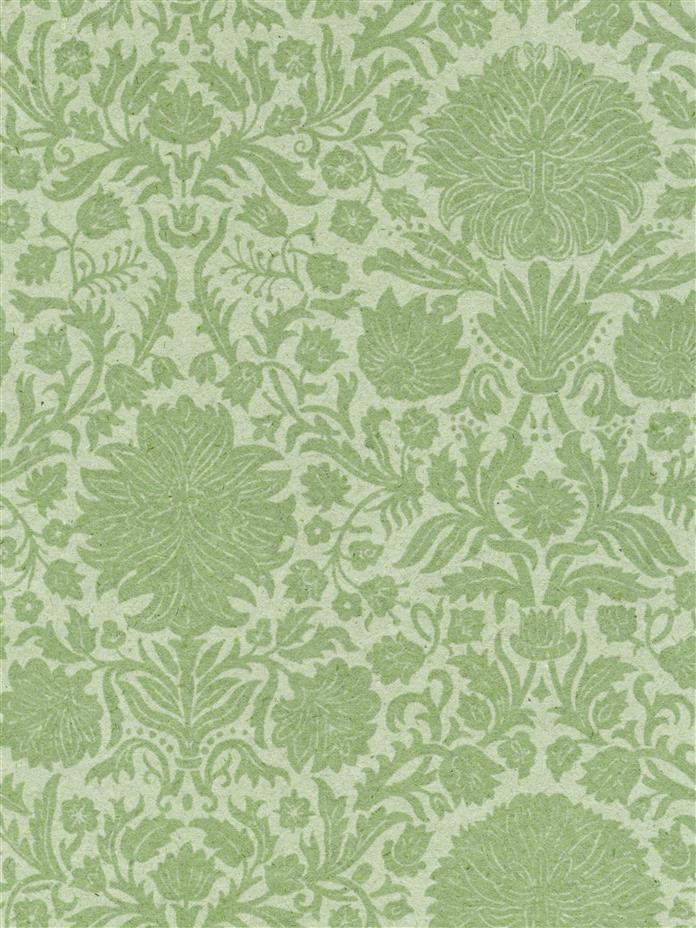
This plant is used as a herbal remedy in many regions, and it is one of the active ingredients in some commercial preparations meant for treating asthma and other chest complaints. Though mullein is considered safe, it may cause some side effects, like inflammation, hives or skin rash, breathing problems, chest pain or tightness in the chest, and tiredness.
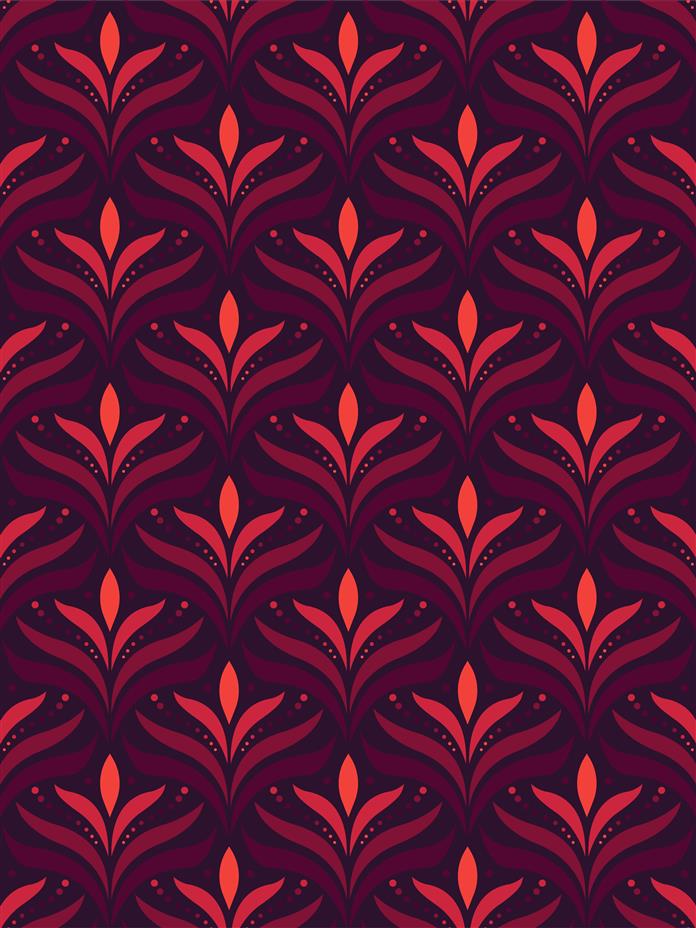
So, it is always better to seek the opinion of a qualified herbal practitioner, before using this herb. Pregnant and nursing women, and kids, must avoid this herb.

Mullein Plant - Features
As mentioned, the common mullein plant or Verbascum thapsus is found as weeds in open areas, like roadsides and barren fields. It is one of the first plants to grow in places, which are burned or disturbed otherwise. Being biennial, this plant lives for two years, and dies after the flowering season.
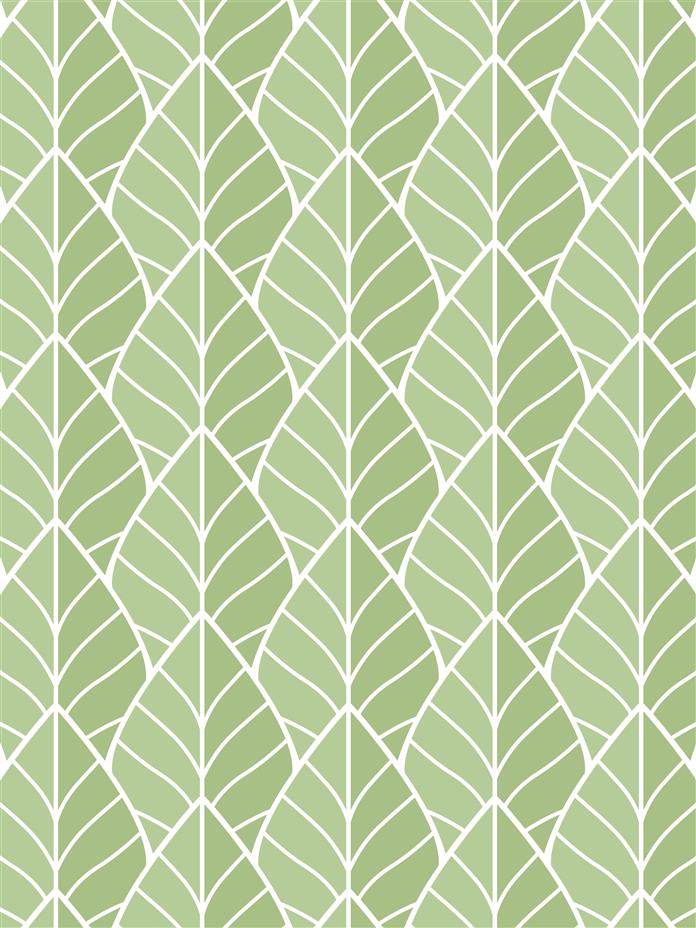
During the first year of its life, the plant is like a rosette of large, soft, and hairy leaves, that are bluish-green. The leaves will be around 12 inches in length and five inches in width.

During the second year, the plant develops a tall flower stalk, which in turn develops yellow flowers with five petals. The flowering season is between June to September. Each plant produces seeds in large numbers. A single mullein plant can produce around 100,000 seeds.
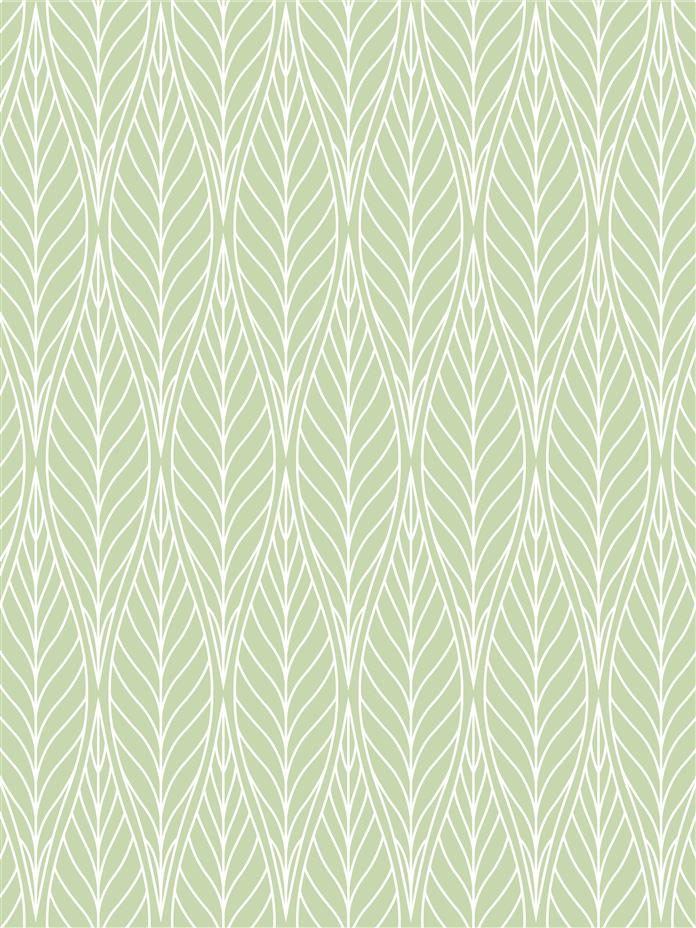
The seeds can survive adverse conditions, and can wait for a very long time before germination. As the plant does not grow in shady areas, the seeds will not germinate, until the plants that grow around them die or get removed.
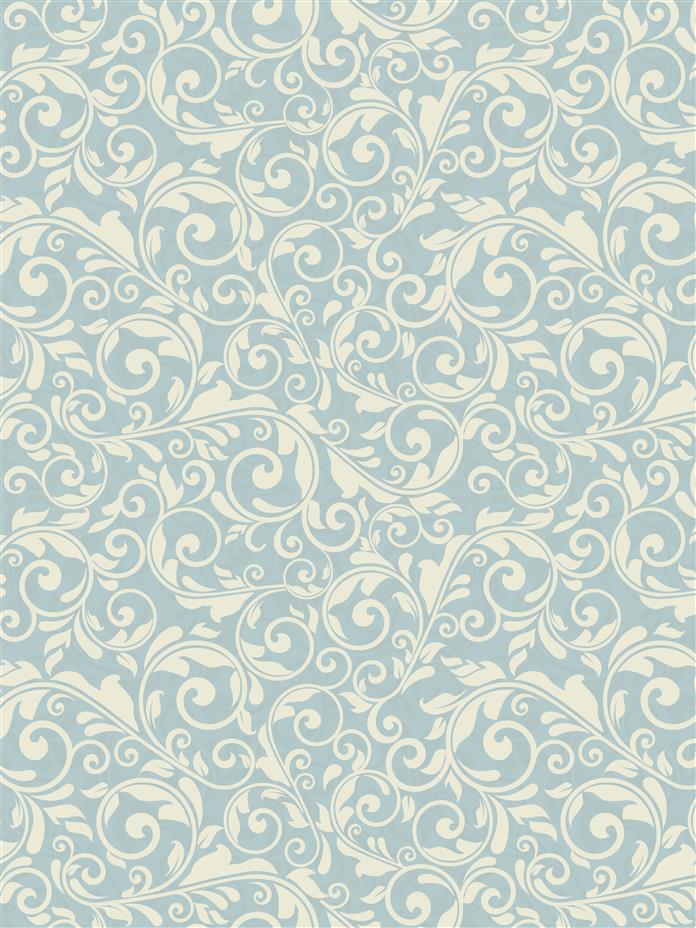
The mullein plant is also used for various other purposes. While the flowers are used for dye-making, the seeds are used as piscicides (substances that are poisonous for fish). Candlewicks are made with the dried leaves, and the dried stems are used as torches.

Disclaimer: This is for informational purposes only, and should not be used as a replacement for expert medical advice.